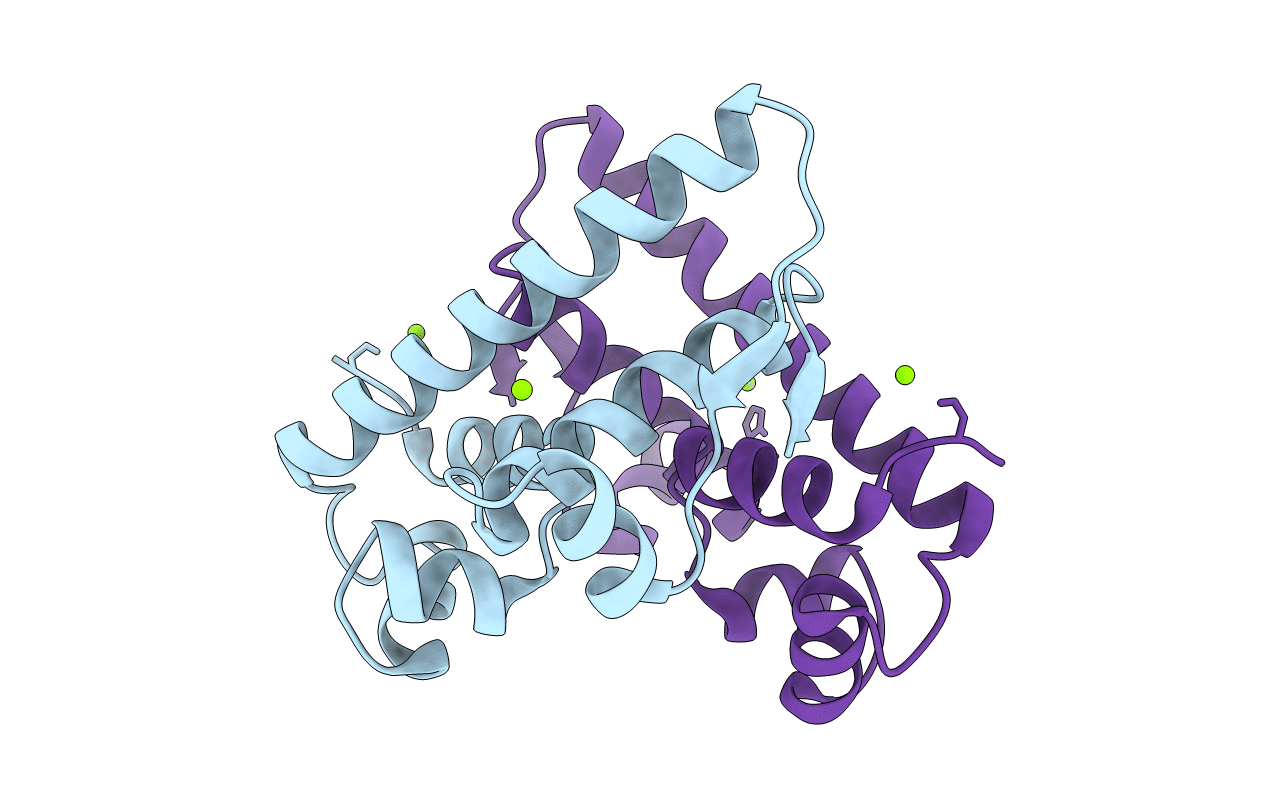
Deposition Date
2021-09-28
Release Date
2021-10-20
Last Version Date
2023-11-29
Entry Detail
Biological Source:
Source Organism:
Pectobacterium phage ZF40 (Taxon ID: 1127516)
Host Organism:
Method Details:
Experimental Method:
Resolution:
1.31 Å
R-Value Free:
0.18
R-Value Work:
0.15
R-Value Observed:
0.15
Space Group:
C 1 2 1


